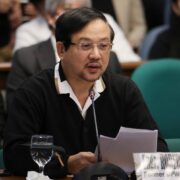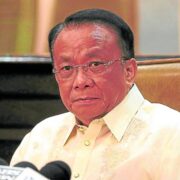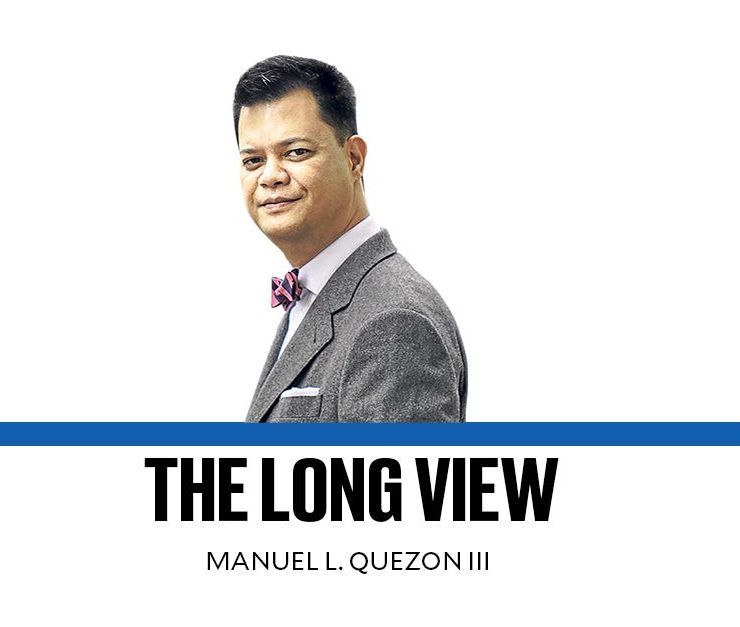Risks of P20/kilo rice program

Despite the criticism that greeted its announcement, the P20-a-kilo rice program to be rolled out this week initially in the Visayas is a welcome respite for consumers, particularly the poorer households grappling each day with high food prices.
It was a promise of President Marcos during his 2022 campaign that was mocked by his rivals as an empty one until last week, when Agriculture Secretary Francisco Tiu Laurel Jr. unveiled it in a press conference at the Cebu provincial capitol, where the Chief Executive earlier met with governors in the region led by Gov. Gwendolyn Garcia of Cebu to discuss the program’s initial launch.
As expected, many perceived the move as politically motivated since it came barely three weeks before the May 12 elections, targeting a region with nearly 14 million voters. However, while the program will somehow boost the chances of administration candidates, the more pressing reason to rush the program is the excess rice stocks in the warehouses of the National Food Authority (NFA).
The Department of Agriculture (DA) said they have 380,000 metric tons of rice that need to be disposed of to give way for new stocks coming in.
This is how Leyte Gov. Jericho Petilla, who was in the meeting with President Marcos, explained it: “They want to dispose of these … Why? Are they in a hurry for politicking? No. They have warehouses full [of rice]. They cannot buy palay from the farmers because they don’t have a place to put it.
Biggest challenge
“So they have to dispose of it right away.”
While the program will admittedly benefit households, it will come at a steep cost to the government. The NFA will be selling the same rice that it now sells at P33 a kilo, effectively providing a subsidy of P13 a kilo of the staple to be sold under the program. The DA said it has an allocated budget of P3.5 billion to P4.5 billion for the initial rollout.
Funding, in fact, is the biggest challenge facing the government. It will need billions of pesos to sustain the P20-a-kilo rice program if the DA is to heed the President’s directive to eventually roll out the program nationwide and until 2028. Latest data from the Bureau of the Treasury showed a budget deficit of P103.1 billion in the first two months of 2025. For the whole of last year, the budget gap was P1.51 trillion.
The NFA itself is saddled with a lot of issues. Last week, Sen. Cynthia Villar, in explaining her opposition to restoring the agency’s mandate to stabilize rice prices by amending the rice tariffication law, cited its inefficiencies in targeting and distribution as it struggled to get rice to the families who need it the most, with only 27 percent of poor households benefiting from NFA rice, while nearly 68 percent were nonpoor.
Mounting debt and losses
The head of the Senate agriculture panel also noted its mounting debt and losses in 2017 due to its strategy of buying from local farmers at high prices and selling to the public at subsidized rates. She added that the NFA has incurred costs due to poor inventory management, including rice spoilage, overstocking, and unnecessary storage expenses, citing a previous Commission on Audit report which indicated that “rice stocks left to rot due to over-importation and delayed distribution—highlighting not just financial waste but operational incompetence.”
Economists have long warned that broad subsidies will only worsen the government’s budget deficit. The NFA selling subsidized rice nationwide to all households will be similar to the ill-fated Oil Price Stabilization Fund, established in 1984 by then President Ferdinand Marcos Sr. by renaming a 1971 subsidy scheme to control domestic pump prices of fuel products. It was abolished in 1996 with the deregulation of the oil industry, but not after saddling the government with a mountain of debt.
Poverty reduction
Keeping the program to the poorest households will be more sustainable, and it needs to only replicate its experience with its Pantawid Pamilyang Pilipino Program, or 4Ps, the national poverty reduction strategy that provides conditional cash transfers to poor households. The government can address the high fertilizer prices that account for a big part of production cost, the steep transportation expense in bringing farmers’ produce to consumers, and the lack of postharvest infrastructure such as storage and farm-to-market roads. More importantly, it must find ways to remove middlemen in the rice trade. Broadening the Kadiwa model of providing low-priced essential food items can also help remove the middlemen.
The government must ensure that if the P20-per-kilo rice does go nationwide as the President had directed, it must be ready with the funds for this. One way is to realign the allocations for government spending items that can wait. It can also hope that world rice prices continue to remain weak, as a sharp spike can derail the plan by making the staple very costly to subsidize. Stopping the program shortly after the elections will only prove its critics right.





















